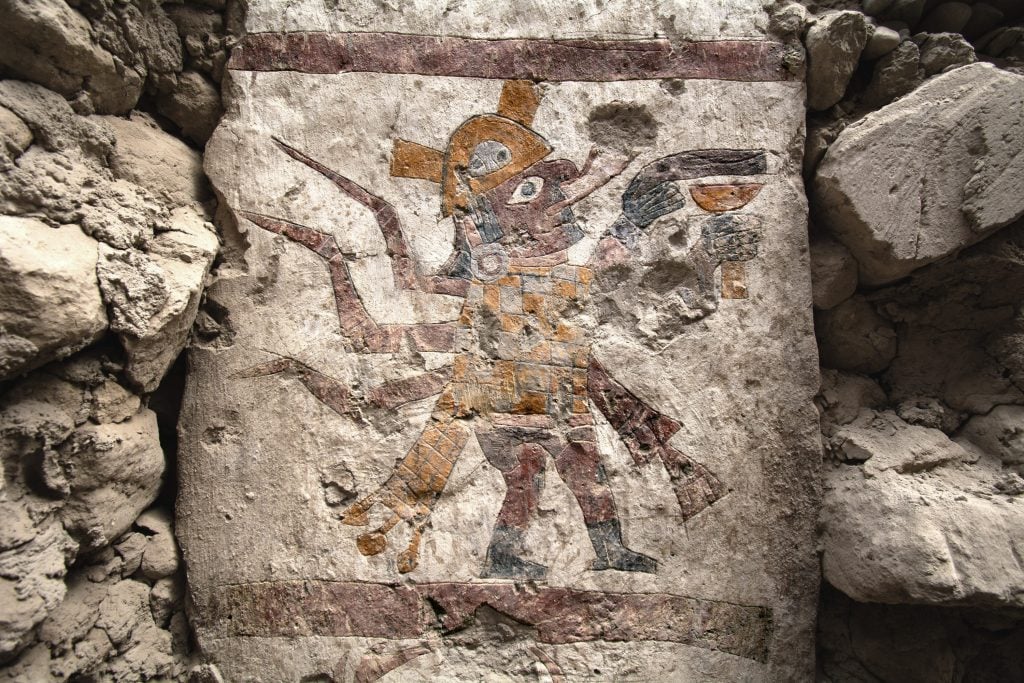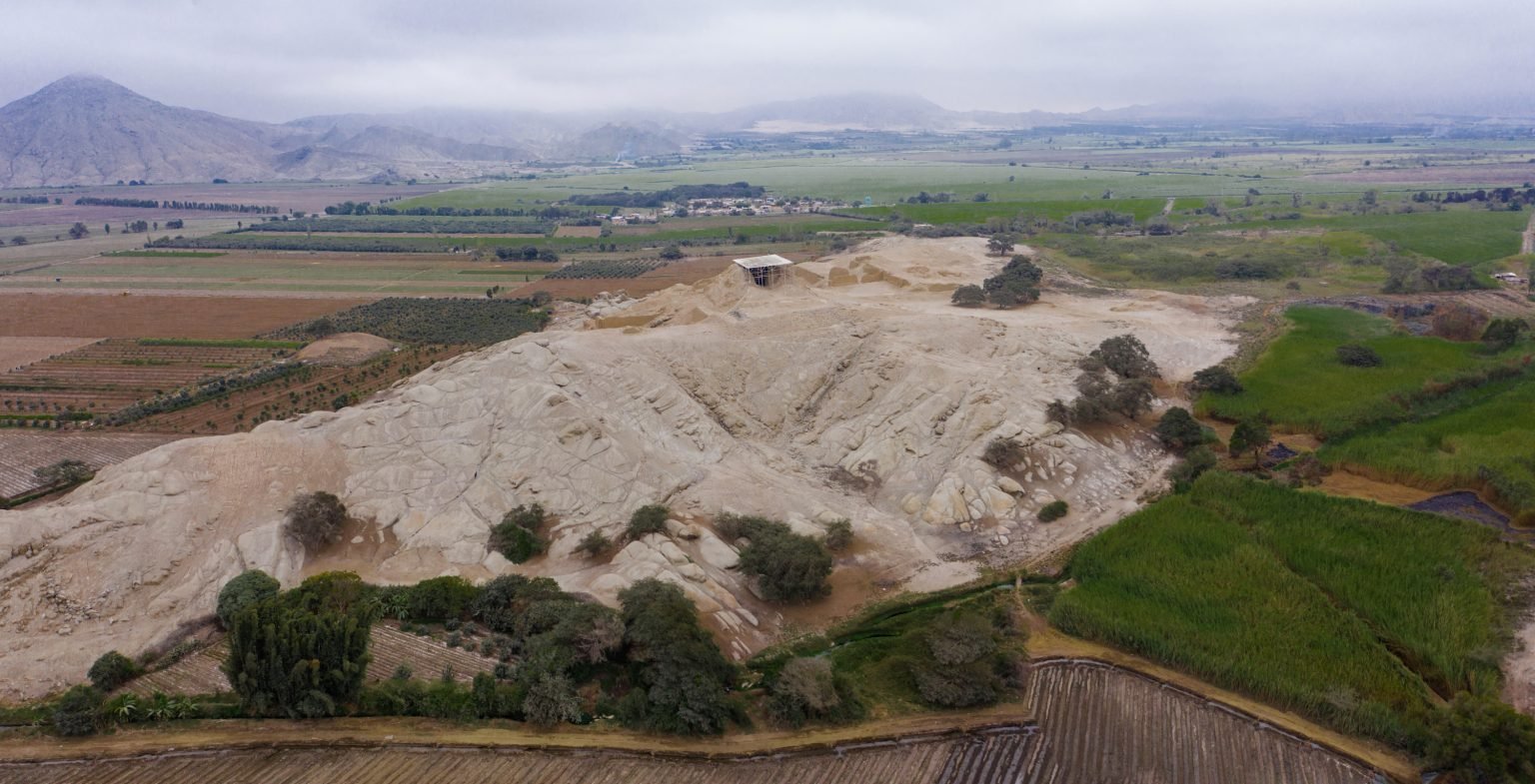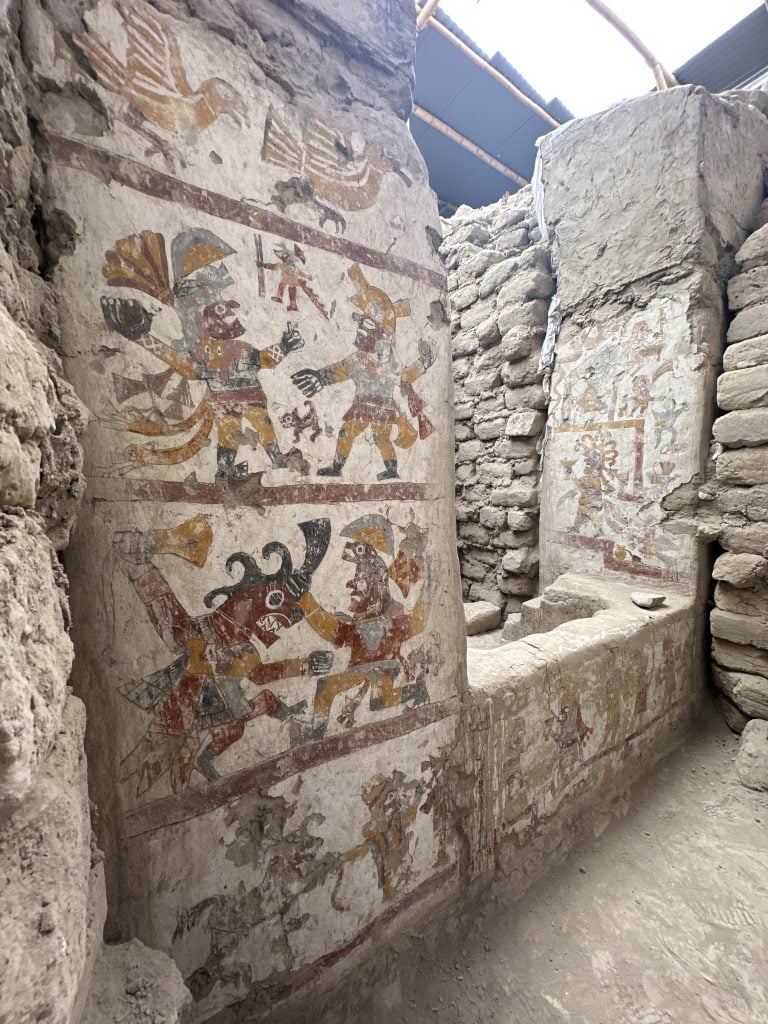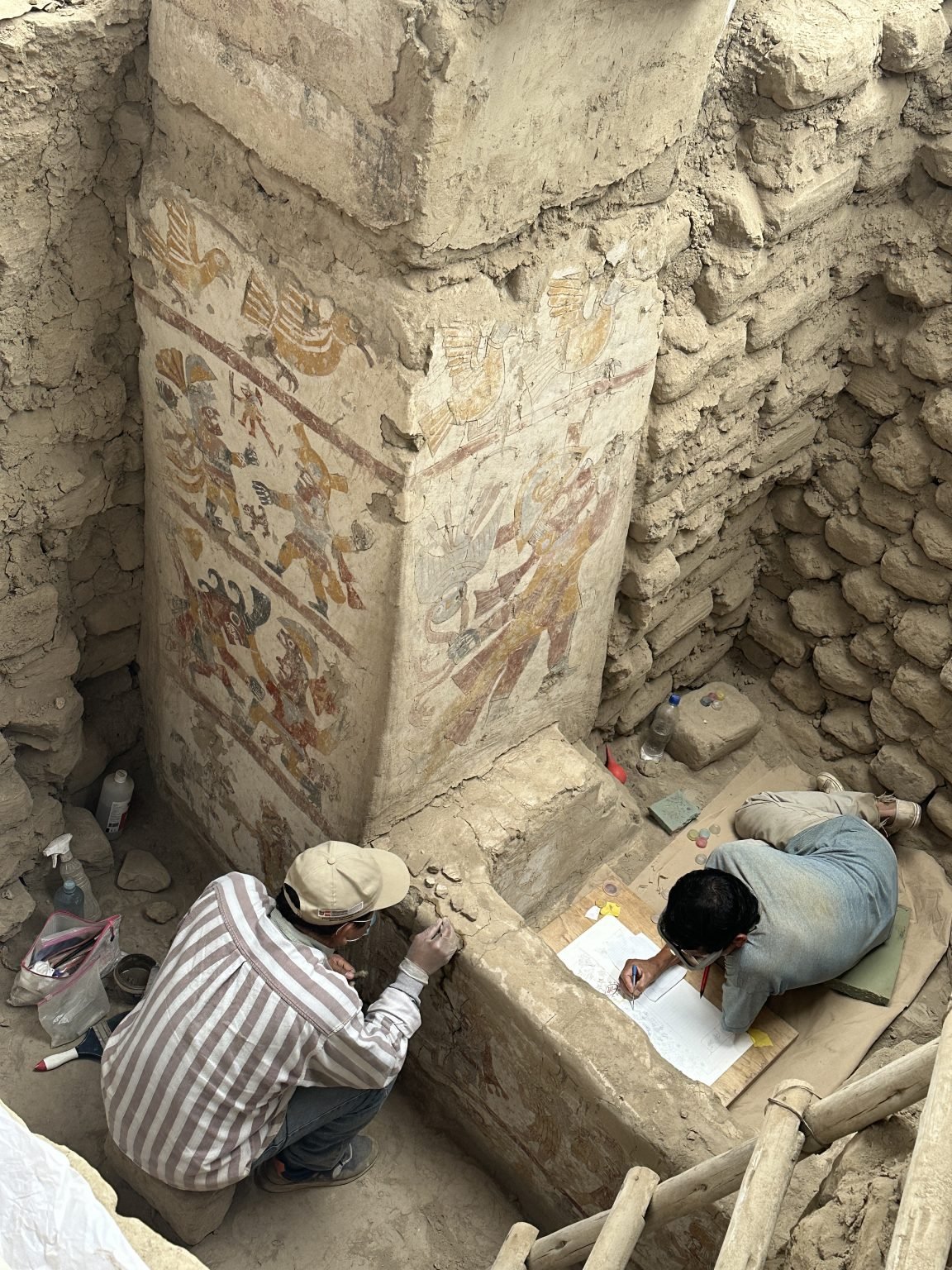More evidence that women reigned in ancient Peru [View all]
Stuart Braun
8 hours ago8 hours ago
Archaeologists have uncovered a throne room and detailed wall paintings indicating that a woman likely ruled Moche society in Peru over 1,300 years ago.
An archaeological site has yielded further evidence that a matriarch once commanded the ancient Moche civilization on Peru's northwest coast.
The pillared room unearthed at the Panamarca archaeological site contains a worn stone throne and elaborate wall murals portraying a powerful woman with a crown receiving visitors. The figure is further interlaced with a crescent moon and sea creatures.
Dating back more than 1,300 years, the discovery might indicate that a woman who was "possibly a ruler" dwelled in the space, said Jessica Ortiz Zevallos, research director for the archaeological project.
"A throne room for a queen has never been seen before at Panamarca, nor anywhere else in ancient Peru," said a September statement from the site team announcing the find, which was made in July.
Panamarca is the southernmost center of Moche society, which made their homes in the coastal valleys of northern Peru between about 350 and 850 CE.
A matriarchal society?
The discovery echoes the Lady of Cao, a woman who is said to have governed Moche 1,700 years ago. Her face was reconstructed in 2017 using 3D printing based on the skull of an ancient mummy discovered over a decade before in the Chicama Valley, described as the heartland of Moche culture.
The Lady of Cao was described by archaeologists as the first-known female governor in Peru.
More:
https://www.dw.com/en/more-evidence-that-women-reigned-in-ancient-peru/a-70559915

Painted architecture within the Hall of the Moche Imaginary. Credit: Lisa Trever / Pañamarca Digital / Denver Museum of Nature & Science

Archaeologists discover painted throne room for a Moche female leader in Peru
Archaeologists Michele Koons and Lisa Trever study the painted architecture of the Hall of the Braided Serpents. Credit: Rick Wicker / Pañamarca Digital / Denver Museum of Nature & Science

The interior of the throne was painted with images related to the sea and the night sky—including a crowned woman with a rattle rendered as the crescent moon. The stepped sides of the throne were both decorated with figures of women spinning fiber. Credit: Measured watercolor by Pedro Neciosup / Pañamarca Digital / Denver Museum of Nature & Science

Moche figure with human body and spider features carrying a goblet, painted on a pillar within the Hall of the Moche Imaginary. Photo: courtesy Lisa Trever

Panoramic shot of the Moche settlement in northern Peru. Photo: courtesy José Antonio Ochatoma Cabrera/Paisajes Arqueológicos de Pañamarca.

Painted architecture within the Hall of the Moche Imaginary revealed in 2024. Courtesy Lisa Trever.

Conservator César Alfredo Velásquez and archaeologist–painter Pedro Neciosup work on the painted throne within the Hall of the Moche Imaginary. Photo: courtesy Lisa Trever.






